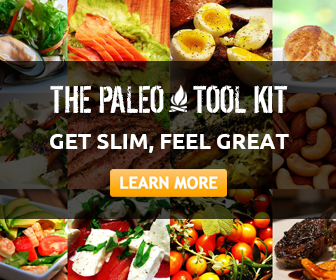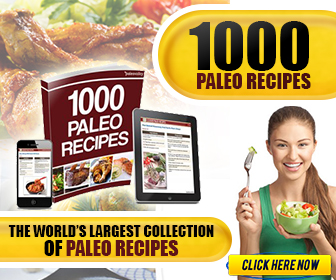What Exactly Is The Paleo Diet?
If you don’t know what the Paleo diet is or you’ve never heard of it before, no worries – within this first chapter, we’re going to explore exactly what this way of eating is all about.
At its core, Paleo is a lot more lifestyle than it is a diet. A Paleo lifestyle is about eating real, whole, natural foods and avoiding all processed foods. You see, the modern diet is exactly that, it’s modern. Humans ate in a Paleo style since the beginning of time before starting the agricultural revolution where we started to eat grain and sugar-based foods, as well as processed foods.
The idea behind Paleo is to eliminate those processed foods, chemicals, vegetable oils and other new additions to the modern diet that can be detrimental to our lifestyle, from how we move to our energy levels to how we feel on a daily basis.
For all those years that we ate Paleo, humans were hunters and gathers. They ate meat and they ate fruits such as berries when they were in season. Which also meant they moved a lot and were very active. They needed to be strong and fit in order to survive. Their bodies were conditioned to efficiently use fat as fuel and energy, not carbohydrates.
Eventually agriculture came into being and the human diet changed dramatically. The Agricultural Revolution occurred about 10,000 years ago and introduced grains, such as wheat, and breads into our diet.
Today’s modern diet contains things like significant quantities of gluten. Gluten was non-existent in Paleolithic times. Things like wheat, rye, many cereals and barley, contain gluten. Gluten has been recognized to cause inflammation in the gut and has been given widespread attention through celebrities like Kelly Ripa, who have famously gone gluten-free.
It’s also been theorized (not proven) that gluten could play a role in an increased risk of some cancers as well as heart disease. Another ingredient in the modern day diet that is linked to possible health problems is that of lectins. Lectins are present in grains. They cause wear and tear on our gastrointestinal tract, making it very difficult to heal.
Let’s not forget sugar. Sugar is everywhere and in everything nowadays. Sugar needs to be burned but another aspect of modern times is how sedentary people have become. Everyone sits. They sit at work, they sit on the couch watching television, they sit at their computers, they sit checking out social media and texts on their smart phones. People do not move the way they used to and so they don’t burn calories the way they used to. This becomes a big problem when talking about sugar consumption.
In the Paleolithic period, humans were lean, strong and fit. They moved, pretty much all day every day. They didn’t farm or grow crops. As I mentioned above, they hunted and gathered. They followed the food. They didn’t sit around playing on their Apple iStone Tablet. If they did, they’d starve!
So all that sugar being consumed in the modern diet, which is bad enough, isn’t even burned off because of sedentary lifestyles. Which means energy spikes and crashes, and related health problems such as diabetes and blood pressure issues.
One of the big myths that the Paleo diet has helped to dispel is the outdated notion of eating fat makes you fat.
This was a big deal when the high carbohydrate craze started in the eighties and you had everyone obsessed with the amount of fat calories they were eating. Almost every food in existence ended up with a low-fat or no-fat version. But most of that fat got replaced with sugar!
Fat is a crucial nutrient when it comes to our health. Dietary fat is needed for an optimal, well-functioning and healthy body. It’s all the chemicals, preservatives and added sugar in our diets that lead to the weight gain, health issues, energy problems and more.



